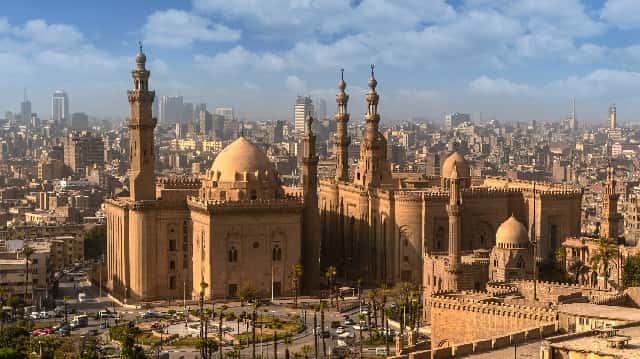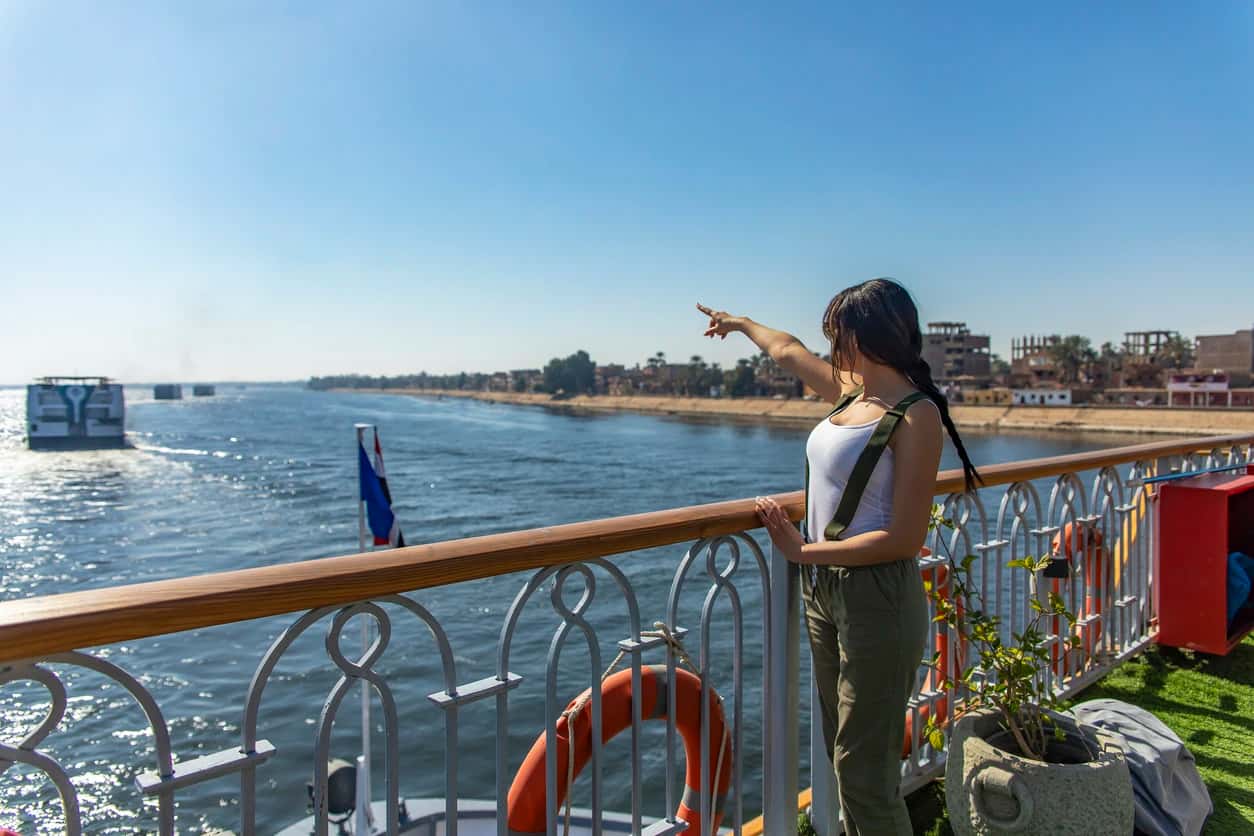
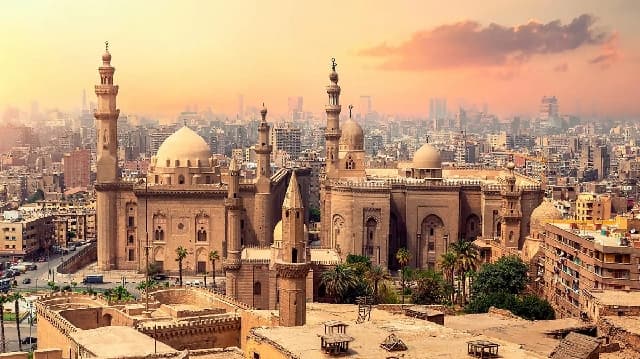
Time-travel in Old Cairo—where ancient mosques, Coptic gems & lively markets create a spellbinding blend of history, faith, and Egyptian soul.
Old Cairo, or Misr Al-Qadima, is where Egypt’s rich history comes to life. Wandering its narrow streets feels like stepping into another era, where ancient mosques, Coptic churches, and centuries-old synagogues stand as symbols of peaceful coexistence. This UNESCO World Heritage Site, once home to Memphis and Fustat, showcases the layers of civilization predating Cairo.
From the Hanging Church to Egypt’s oldest mosque, Old Cairo blends religious heritage with timeless charm. It’s more than a destination—it’s a journey through Egypt’s soul, where every corner holds a story waiting to be discovered.
Before Cairo existed, this land was shaped by powerful cities like Memphis, the ancient capital founded by King Menes, and Heliopolis, a major center of sun worship. These early settlements laid the groundwork for what was to come.
In 300 AD, the Romans built the Babylon Fortress, a key military and trade post along the Nile. Centuries later, in 641 AD, Amr ibn al-As conquered the area and founded Fustat, Egypt’s first Islamic capital. Legend says a dove nesting in his tent led him to build the city and Egypt’s first mosque on that very spot.
Fustat flourished for centuries, paving the way for the founding of Cairo in 969 AD. But the city’s roots go much deeper—layered with stories of ancient kingdoms, empires, and enduring faith. Today, Cairo stands as a vibrant mosaic of all these eras, inviting travelers to walk through history.
Cairo was founded in 969 AD by the Fatimid dynasty, with General Jawhar al-Siqilli leading the charge. They named it Al-Qahira, “The Victorious,” to reflect their ambitions for power and prestige.
Built near the earlier Islamic capital of Fustat, Cairo’s location by the Nile made it a natural choice for a new center of trade, culture, and governance. Under Fatimid rule, it quickly grew into a vibrant city—one that still carries the legacy of its founders more than a thousand years later.
Old Cairo is one of the world’s most historically rich neighborhoods, showcasing layers of Pharaonic, Roman, Coptic Christian, and Islamic heritage. When visiting, prioritize things to do in Old Cairo that highlight this incredible diversity. Filled with ancient churches, mosques, museums, and bustling markets, the area offers a unique blend of history and vibrant modern Egyptian life.
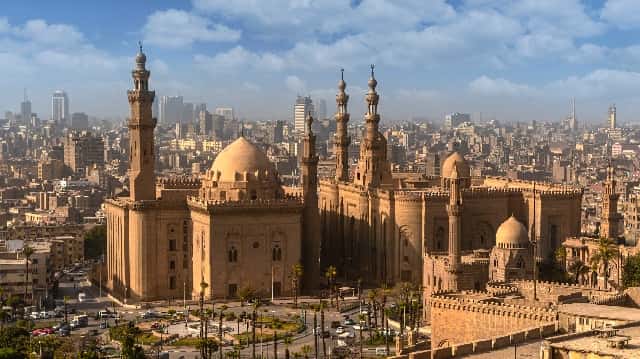
One of Egypt’s oldest churches, built above the Roman Babylon Fortress
Known for its wooden ceiling shaped like Noah’s Ark and a pulpit resting on 13 symbolic columns
Home to 110 icons, including the famous 8th-century “Coptic Mona Lisa”
4th-century basilica built over a cave believed to have sheltered the Holy Family
Historic site where early Coptic patriarchs were elected
Houses the world’s largest collection of Coptic Christian artifacts
Showcases a blend of Pharaonic, Greco-Roman, Byzantine, and Islamic artistic influences
Originally a Coptic church, converted into a synagogue in the 9th century
Site of the Cairo Geniza discovery—over 200,000 documents revealing daily Jewish life and interfaith ties from the 11th to 19th centuries
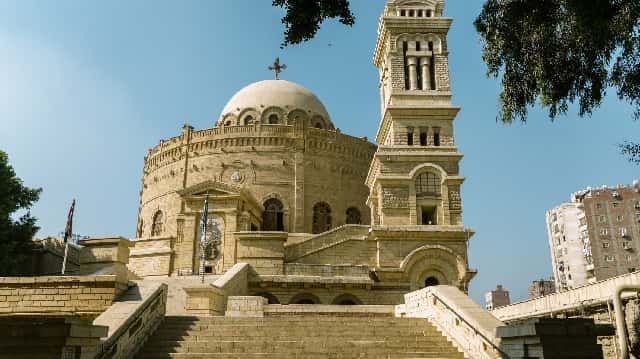
Egypt’s first mosque, built in 641 AD
Inspired by a dove laying an egg in Amr’s tent
Served as a key center of Islamic learning for centuries
Rebuilt and expanded by Saladin and Governor Maslama (who added four minarets)
Built between 876-879 AD, known for its large courtyard
Features a unique spiral minaret inspired by Iraq’s Great Mosque of Samarra
Legend says Ibn Tulun invented the spiral while twisting parchment around his finger
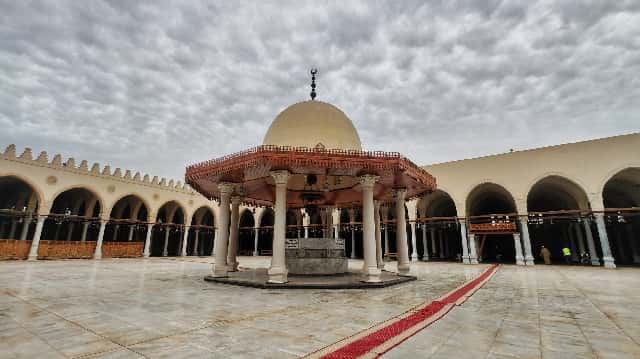
Khan el-Khalili Bazaar: The Heartbeat of Old Cairo Shopping
Khan el-Khalili, a 14th-century marketplace, is the go-to place for shopping and cultural immersion in Old Cairo. Its narrow alleys are filled with vendors offering traditional crafts, spices, jewelry, and souvenirs—perfect for finding unique gifts and experiencing the bustling, timeless atmosphere.
Al-Muizz Street unfolds like a living timeline, stretching from the imposing Bab al-Futuh gate to the grand Bab Zuweila. This historic artery, famously called the Qasaba, is home to the world’s richest treasure trove of medieval Islamic architecture. Along its bustling kilometer, you’ll find 29 remarkable monuments that beautifully narrate the story of Islamic Egypt’s architectural evolution from the 10th to the 19th century.
Though a UNESCO World Heritage site, Old Cairo faces challenges balancing preservation and modern growth. Some historic sites have been damaged, and restoration often meets delays. But exciting projects like Fustat Park and careful mosque restorations are helping revive this historic heart, uncovering new discoveries that keep Egypt’s rich past alive.
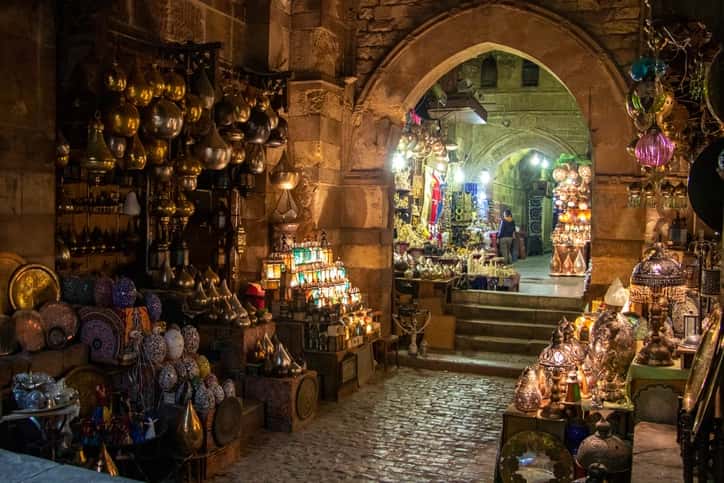
Old Cairo is a unique blend of history, culture, and faith, where centuries of stories live in its churches, mosques, and streets. Despite modern challenges, preservation efforts keep its spirit alive. It’s a rare place to step back in time while feeling the pulse of a vibrant community. For anyone seeking history and culture, Old Cairo is a must-see destination.
The Hanging Church, Amr Ibn Al-As Mosque, Khan el-Khalili Bazaar, Ibn Tulun Mosque, and the Coptic Museum are among the most famous and rewarding spots to visit.
Absolutely! Old Cairo is best explored on foot to fully experience its narrow alleys, vibrant markets, and historic buildings.
Yes, Old Cairo offers activities and sites that cater to all ages, including museums, markets, and outdoor parks.
Visiting in the cooler months, from October to April, is ideal to comfortably enjoy walking and outdoor activities.
Yes, numerous guided tours offer deep insights into Old Cairo’s history, religious sites, and markets, enriching your visit significantly.
Old Cairo, a UNESCO World Heritage Site, preserves more than 2,000 years of history, including ancient Memphis, the Roman Babylon fortress, Egypt's first Islamic capital Fustat, and key religious sites of Christianity, Islam, and Judaism.
.
Old Cairo evolved from Memphis to Babylon fortress to Fustat, now a living museum showcasing Egypt’s layered architectural heritage.
Old Cairo struggles to balance modern development with preserving its history, as UNESCO protection clashes with infrastructure projects and restoration faces bureaucratic delays.
Significant restoration projects like Fustat Park aim to preserve history while creating the Middle East’s largest garden, alongside restoring Amr Ibn Al-As Mosque and uncovering ancient Fustat through excavations
Cairo was founded as the headquarters of the Fatimid Caliphate in 969 AD
Lose yourself in Old Cairo’s charm—wander sacred sites, explore bustling bazaars, and connect with Egypt’s timeless soul. For a deeper, more refined experience, luxury Egypt tours offer exclusive access and personalized insights into this historic heart of the city.
